The Many Different Types of Clothing Samples
If you’re on the hunt for a clothing sample maker, then you’ve probably already discovered that finding a sample maker or a pattern maker is not quite as easy as it sounds. Why? Simply because there are about a million–ok, at least 13!–different types of samples. For many small fashion labels and startups, that’s just way too many. It’s unnecessarily confusing and can lead to a lot of frustration from both the service provider and the client.
Here we’ll discuss how to find a clothing sample maker and why you need one.
Table of Contents
What Does a Clothing Sample Maker Do?
Very broadly, a clothing sample maker is someone who makes or remakes a piece of clothing based on another sample or a design. Where exactly in the process they are doing this work, and for what purpose, is where the confusion often lies. A sample maker who is taking ideas from the head of a designer and translating them into a physical garment is at one extreme end of the spectrum. At the other end is a sample maker who is using a tech pack and sample from the label and doing a production sample for a factory. These are often used for reference or to demonstrate to the client that the factory can, indeed, achieve the desired result. In between those two things are sample makers that may do any other variety of tasks. And the range of pricing is equally broad. And sometimes, it’s not a sample maker that’s needed at all. It may be a designer, a product developer, a pattern maker or other various professional roles.
Let’s say for example that you have an idea for a new bikini design and you are looking for a swimwear sample maker to bring your idea to life. You have sketches, some inspo pics and a solid idea in your head about how it should look. While it may seem like a fairly simple task to the newcomer, it’s really not. This person needs to:
1) Interpret your desires
2) Rough out the design
3) Create a pattern
4) Fit the pattern
5) Make necessary modifications/revisions
6) Source & select final fabrics
7) Source & select all the various findings, such as buttons, zippers, etc.
8) Sew the final piece for the handover
Then, they have to repeat several of the steps for each graded size.
Many of these jobs are not actually the responsibility of a sample maker, and often, to the sample maker’s frustration, the client expects to pay little more for the item than it would have cost on a store rack. Even at a per-sample price of a 3-5x markup from the manufactured cost (which is a fairly common sample price from a manufacturer), the clothing sample maker simply cannot afford to be doing so much of the front-end work for such a tiny amount of profit.
Let’s Get Some Better Definitions:
To make things easier, let’s break it down a little bit and apply some new definitions. At Prototype, we try to simplify the terms to make communication easier with our clients.
What is a “Prototype”?
In our nomenclature, Prototyping is part of the creative process.
We call the early-stage physical versions of designs “prototypes”. Prototyping is a creative and problem-solving process. As we develop a fashion product for a client we work through prototypes. If a client comes in with an early-stage prototype of their own design, that piece becomes prototype v1. As we work through more prototypes, the number simply changes to reflect our progress. V1, v2, v3… and so on.
A sample maker may be involved during this process to do the sewing itself, but if they are assisting with making creative decisions, then they are playing the part of a fashion designer. Keep in mind that the sample maker may or may not have signed up for this expanded role. Make sure you have a clear mutual agreement regarding exactly what services you expect and be sensitive to their time commitment.
What is a “Sample”?
After, and only after, the prototyping process is completed, then we begin using the term “sample”. A sample, then, represents something that has been completed, approved or needs approval in order to progress. This makes things simpler for both of us. It would be unwise to create samples at a stage when the creative part of the process is still unfinished. It would create duplicates of errors that have yet to be worked out. Once we have begun to use the term sample, then everyone has a clearer idea of the status of the item.
Samples then are reference materials, not part of the design process.
What is “Product Development”?
Product development is the entire process of creating a product from start to finish. It includes the design & creative stage, the prototyping and testing, fitting, documentation and required samples. Only after a product has been fully developed would it properly be considered ready for manufacturing. Many new brand founders are unaware of the complexity of the whole process and only find out the hard way as they go through it. That’s ok, any learning is good learning at the end of the day.
Sample Maker vs Product Development
So, with that little adjustment, let’s start again. Are you looking for a clothing sample maker or a designer? Or, perhaps are you looking for something more like a product development service that can help you with the whole process of creating your design? The further you can get in your own process will reduce the costs of moving forward. So choose carefully and be realistic about your needs.
Many of our customers come to us expecting full prototyping services for the very low price of a simple sample. Tailors and sample sewers often have the same experience. However, they quickly find out that it’s just a totally different situation than they were expecting. The tailor will simply whip out a copy or their best interpretation of the design and that’s it. Project finished. They are confused and frustrated when the client tries to make changes and doesn’t expect to pay for all the additional time. In the sample maker’s mind, they’re just making a single item to be worn. Their job isn’t to prepare a design for large-scale manufacturing.
Our advice, then, is to search for a service that best suits your actual needs and your realistic budget. If you’re on a tight budget, use the money you have to buy a sewing machine and learn to use it. You’ll save yourself a tremendous amount of money in early-stage fees. Or, find a clothing sample maker amongst your family and friends and work with them to perfect your prototype before moving to the next step.
Working with a Fashion Product Developer
If you have a business plan and some capital to invest, your best option would be to work with a fashion product development company, such as Prototype. A product developer will bring far more to the table than just a clothing sample maker. A good product developer will meet you where you’re at in your process and walk you all the way through to manufacturing. More spendy of course, but it’s a surefire way to be sure you’ll receive the help and services that you need to be successful.
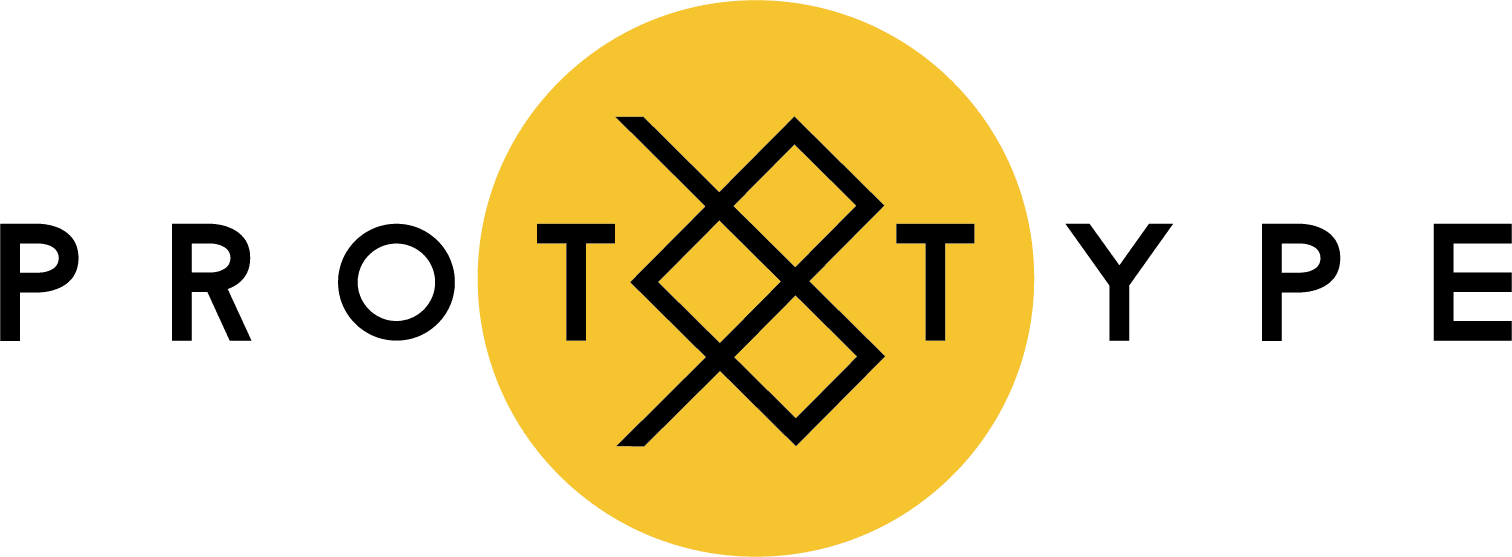

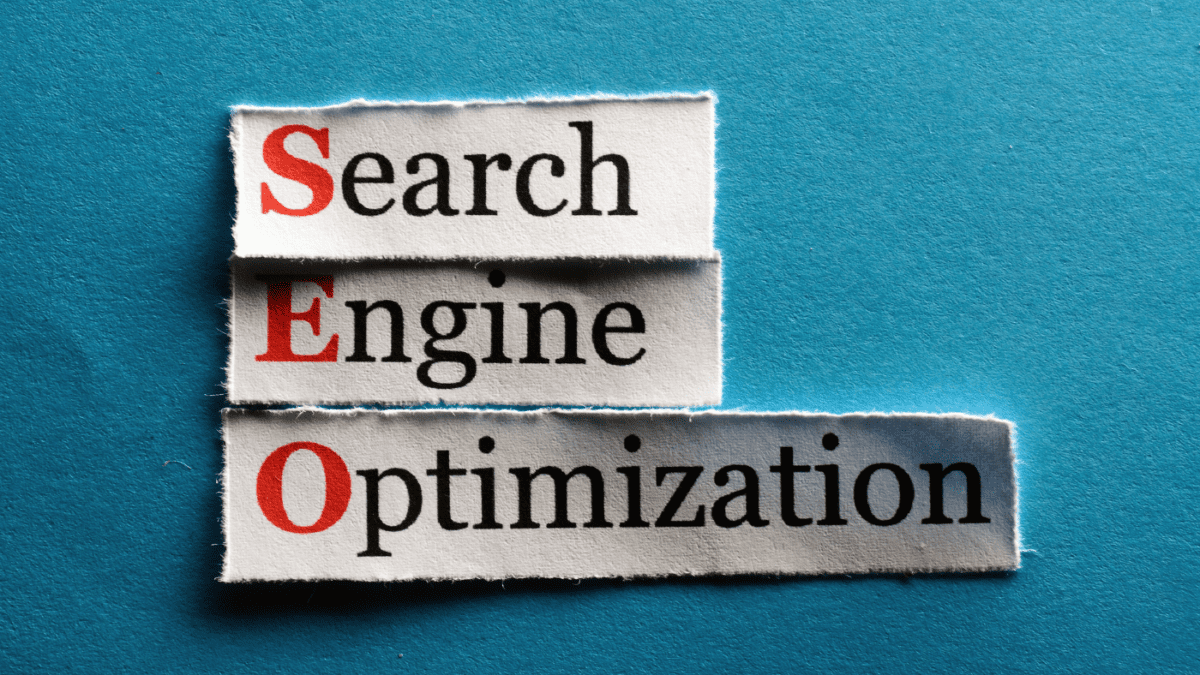
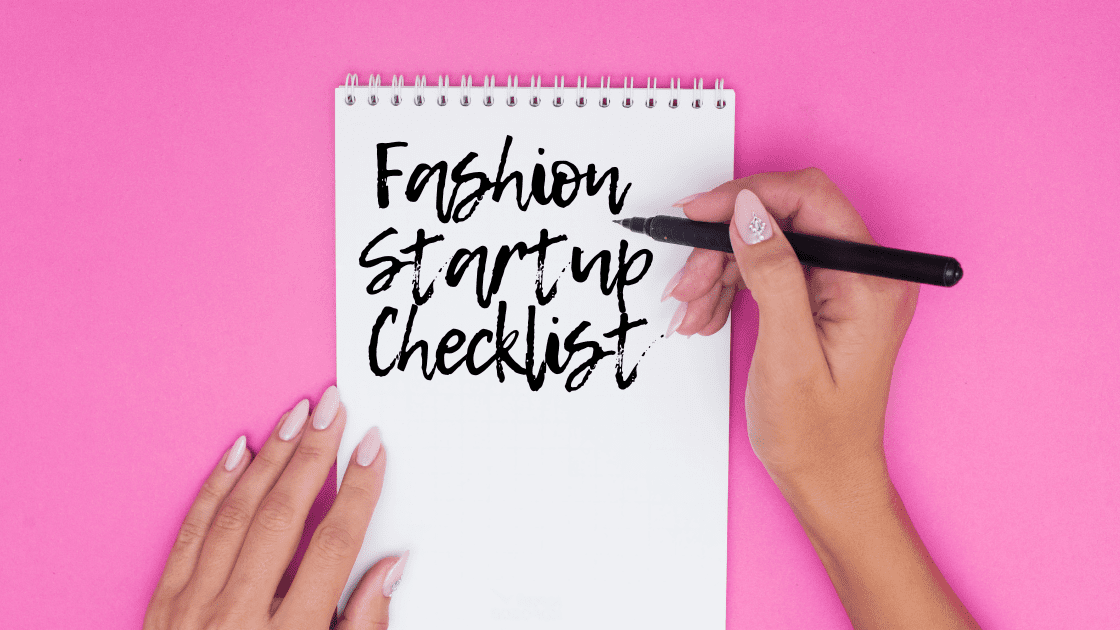


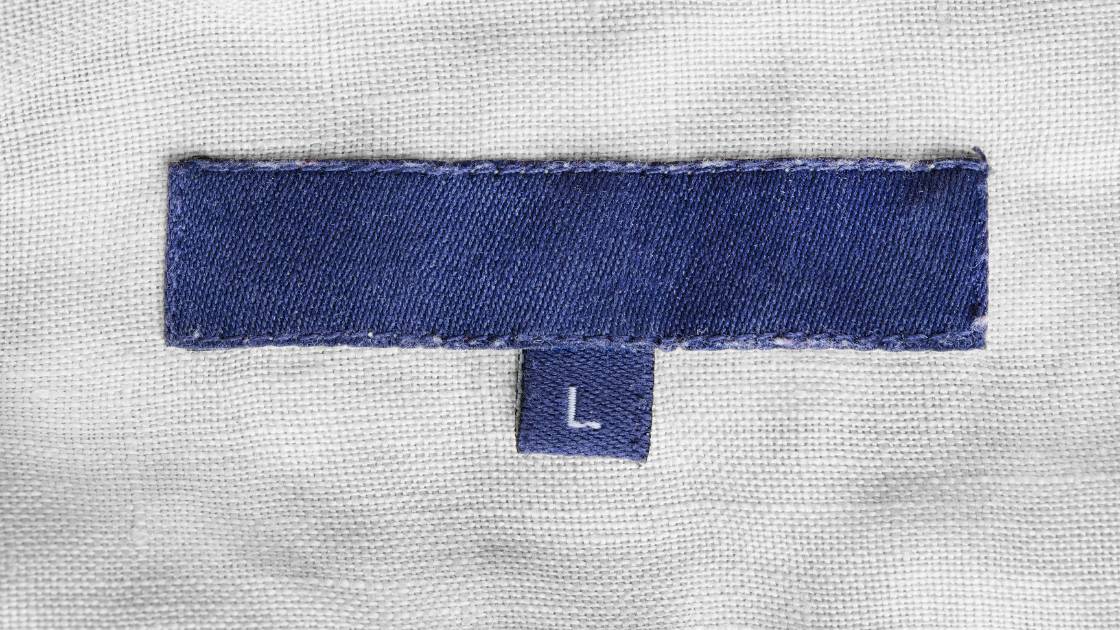
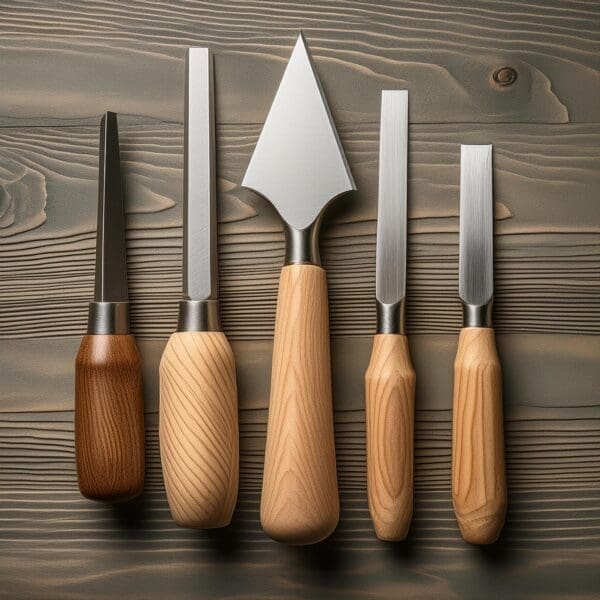

Hi I’m not sure if you are in New Zealand but I want some samples for my designs please how much to make one sample
Hi, we’re based in Bali, but we definitely work with clients in New Zealand. 🙂
Please email us at he***@*******pe.global to find out more information. Thanks!
Hi i am looking for someone to produce a sample of a dress. How much is it to create a sample? Fo you manufacture as well? I am in Australia.
Thankyou
Shelley Andersen
Hi, if you’d like to submit a quote request via our form, we’d be happy to get you a quote for your dress. Here’s a link to the form: https://prototype.fashion/request-a-quote/Thanks!
looking to manufacture pajama pants
Hi I am looking for somebody to work with to make activewear and print my logo onto the singlets. Can you help with this?
We certainly can! More than happy to. We’ll be in touch!
Hello, I am looking to create some 1940s style fashion, trying to find the right person to create prototypes, is that something you can do?
Yes, if it can be sewn, chances are we can do it! Please get in touch via our inquiry form in the menu above. Thanks!
Hi i am looking for a fabricant who can help me making a sample of a velour track suit ( pants + zweater )
Hi, if you’d like to submit a quote request via our form, we’d be happy to get you a quote for your track suit! Here’s a link to the form: https://prototype.fashion/request-a-quote/
Hello, I’m starting a clothing business and need a prototype made, please let me know where to start and the beat way to contact you. Also, let me know whet your pricing is like.
How exciting! The best way to contact us on our website through our inquiry form here: https://prototype.fashion/contact-prototype/
You’ll tell us about your project and we’ll work on getting you a free quote. 🙂
Hi, I’m interested in starting a swimwear line but wanted to get some information on where and how to start especially if you are working with a low budget any information would be greatly appreciated.
Looking for a sample maker contact me with informations please
Looking for a prototype baby onesie with specific fabrics.